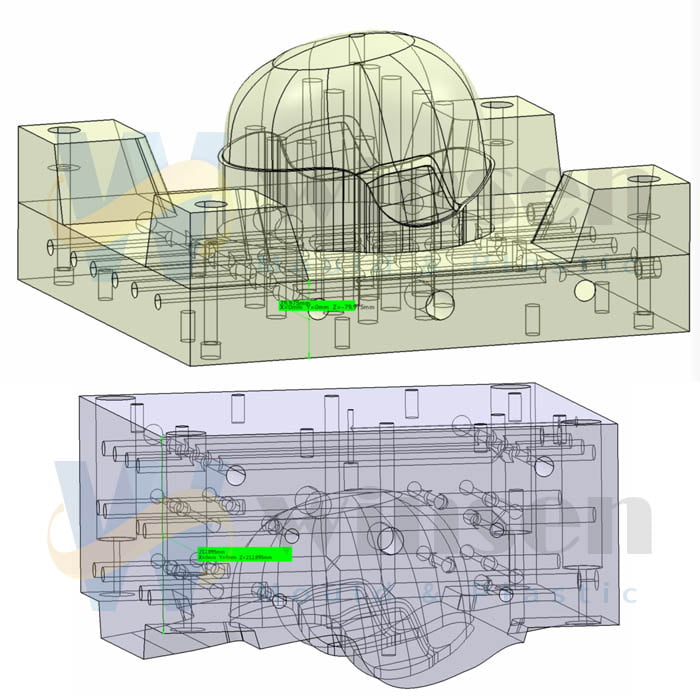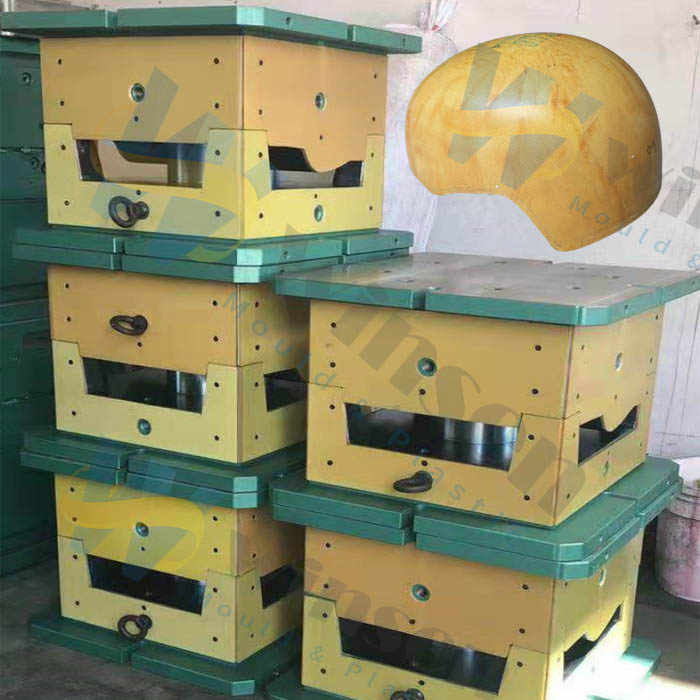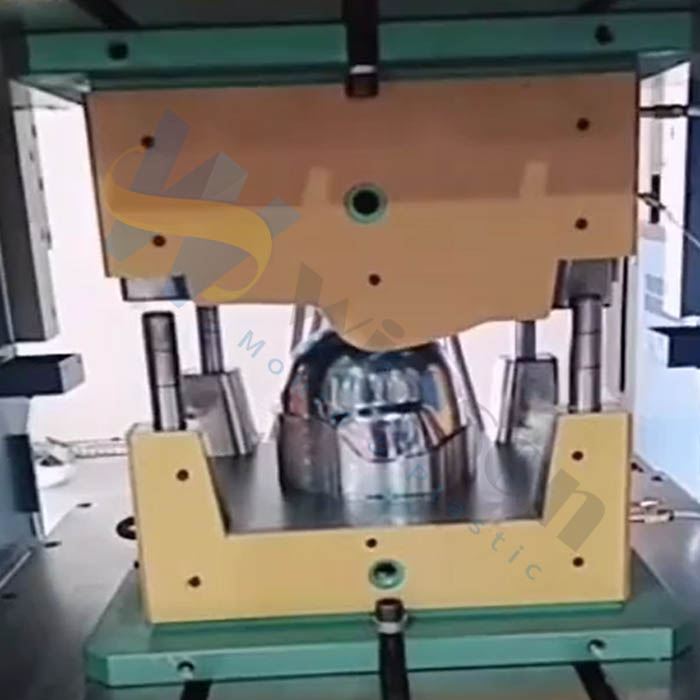Ballistic Bulletproof Tactical Helmet molds must have sufficient stiffness and strength, and most molds are electrically heated or oil heating.
WS Mold is one of the most professional Ballistic Bulletproof Tactical Helmet Mold manufacturers and suppliers in taizhou China with 20 years’ experience.
Bulletproof helmets are mainly made of aramid, PE and steel materials. Among them, aramid and PE are new high-tech synthetic fibers developed in the 1960s and 1980s. Compared with traditional bulletproof steel, they have the advantages of light weight and high strength, so they have been widely used in the production of bulletproof helmets. We customize the production of aramid and PE Ballistic Bulletproof Tactical Helmet Mold according to customer drawings or samples.
The steel of the bulletproof helmet mould meets the work requirements such as wear resistance and toughness, the mold meets the process requirements, and the mold should meet the economic applicability.
The early bulletproof helmets were designed to protect the heads of soldiers, but this does not mean that bullets cannot penetrate through. If bulletproof helmets cannot penetrate through bullets, people’s necks should not be able to bear it. The biggest role of bulletproof helmets is actually to defend against shrapnel or splashes. As for bullets, if the bullet does not hit directly, most of the bulletproof helmets will slide because the bulletproof helmet is a curved surface. Winsen is professional production of Ballistic Bulletproof Tactical Helmet Mold, quality assurance, price competition, welcome to contact


How to make a good military bulletproof tactical helmet mold
To make a military bulletproof tactical helmet, the first thing you need is a perfect mold. There is more to this process than meets the eye. Designers need to take into account many factors, including material selection, helmet construction, comfort and, most importantly, ballistic protection.
Material selection
Choosing the right material is crucial. Usually, we choose high-strength polymer or composite materials to ensure the helmet’s lightweight and impact resistance. These materials undergo rigorous testing to ensure they can withstand stress and impact in a variety of conditions.
Structural design
The structural design of the helmet is a key part of the manufacturing process. Designers need to consider factors such as the helmet’s shape, weight distribution, internal padding, and attachment of accessories. A well-designed helmet should provide maximum protection while ensuring the wearer’s comfort and mobility.
Comfort and ballistic properties
During the manufacturing process, we not only consider the helmet’s ballistic properties, but also ensure the wearer is comfortable when wearing it for long periods of time. This requires incorporating appropriate padding and adjustment systems into the design to ensure the helmet fits snugly around the head without causing excessive pressure.
In today’s turbulent world, the importance of military and security awareness has become increasingly prominent. From frontline soldiers to police forces, safety helmets are one of the essential equipment to protect their lives. And the process of making these helmets may be more complex and sophisticated than you think





Making a mold for a military bulletproof tactical helmet is not an easy task. It requires the exquisite skills and unremitting efforts of designers and engineers. However, it is the hard work of these individuals that provides our military and law enforcement with the highest quality protective equipment, making them safer and more reliable in the execution of their missions.


